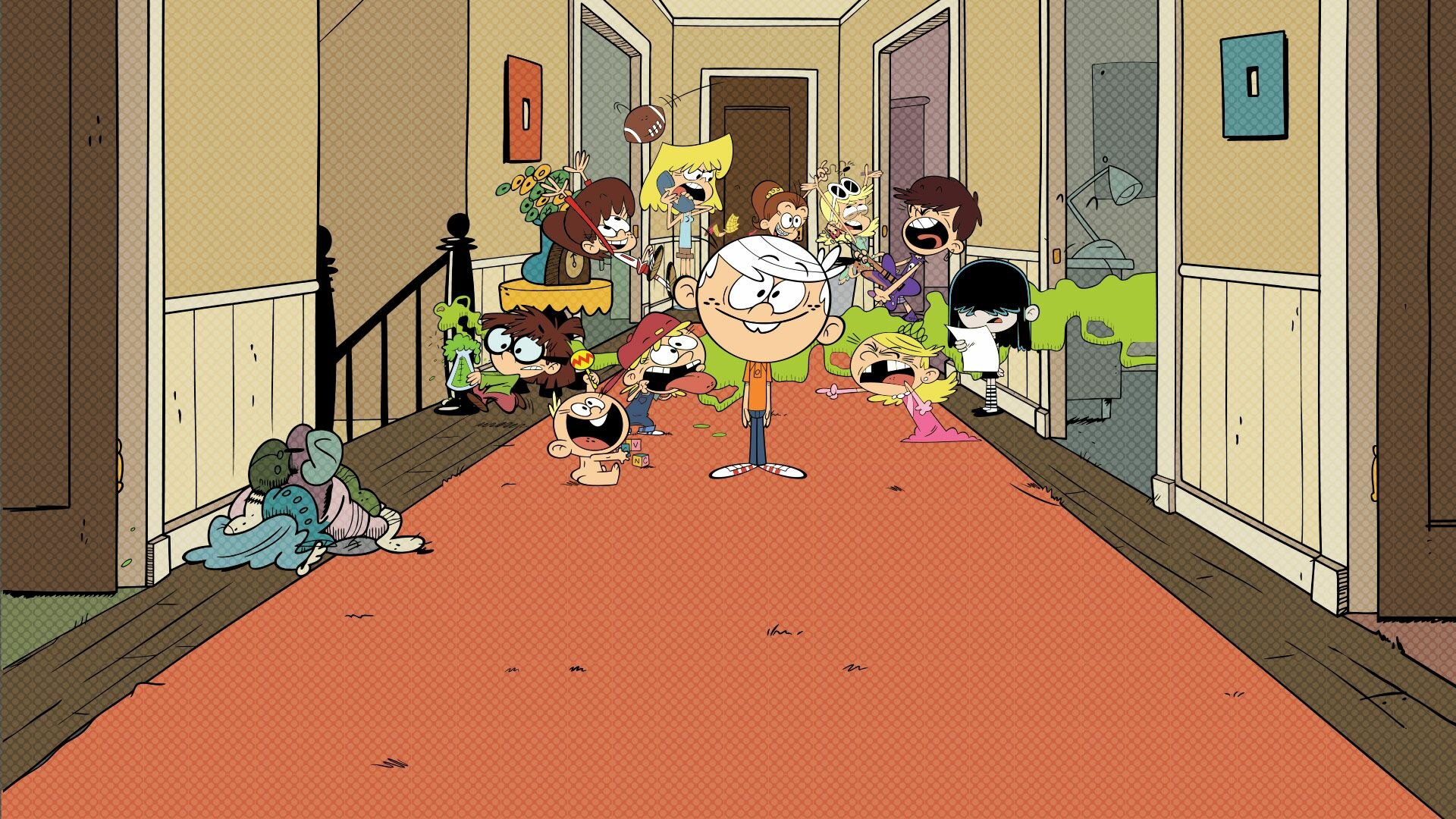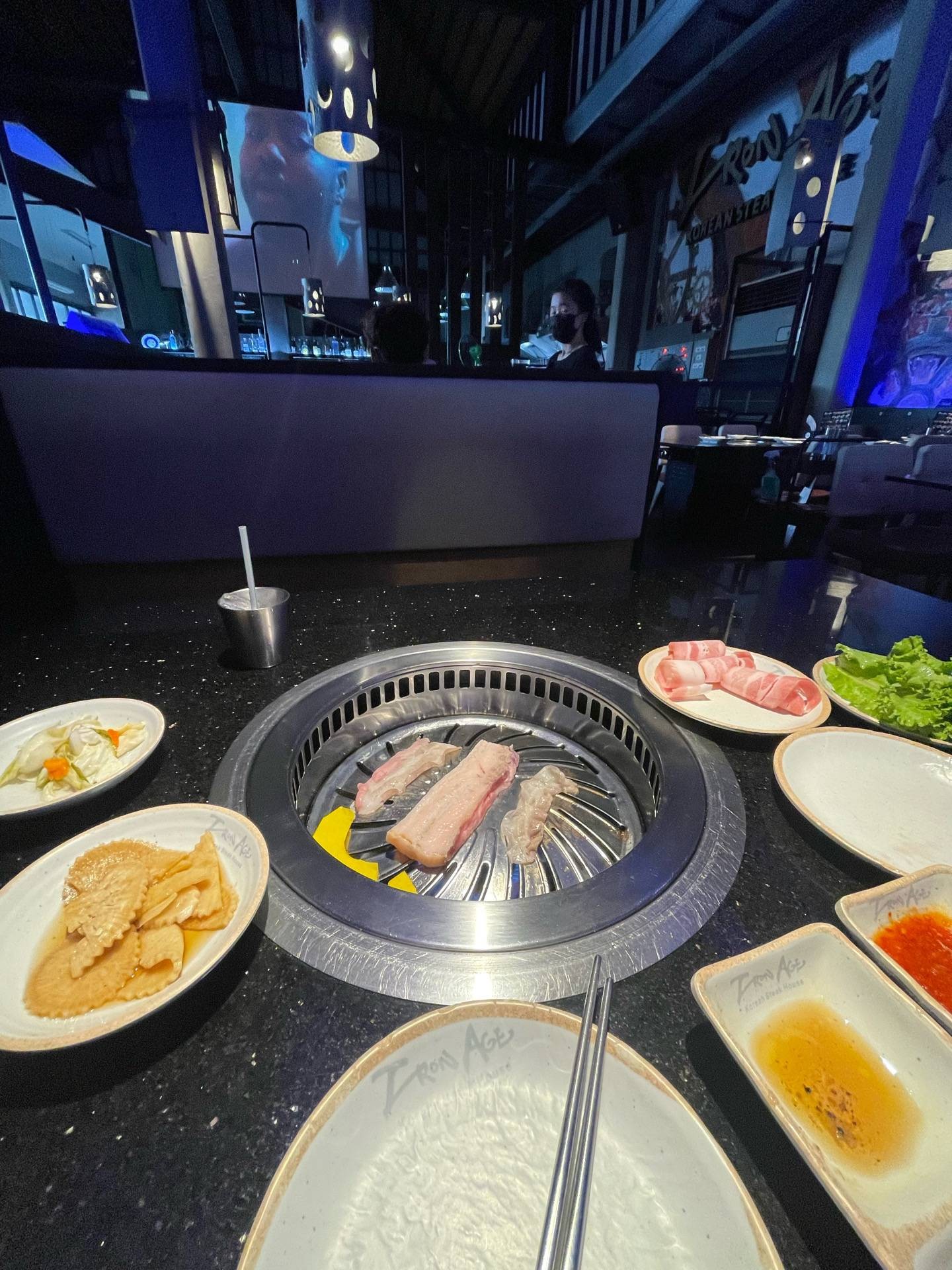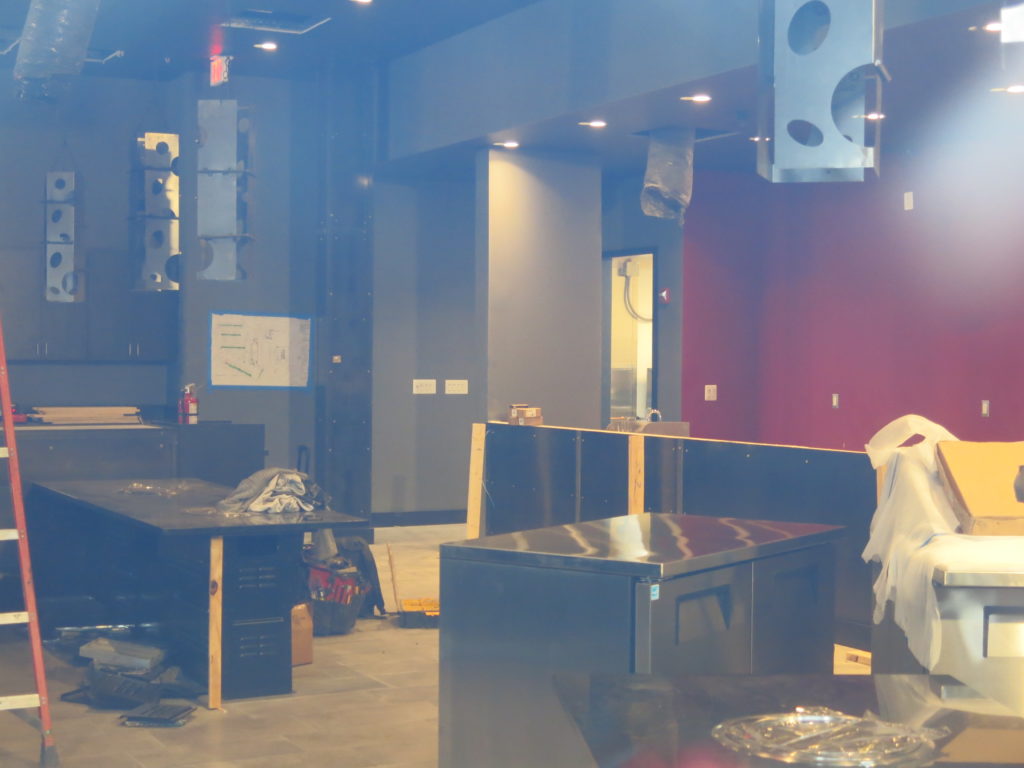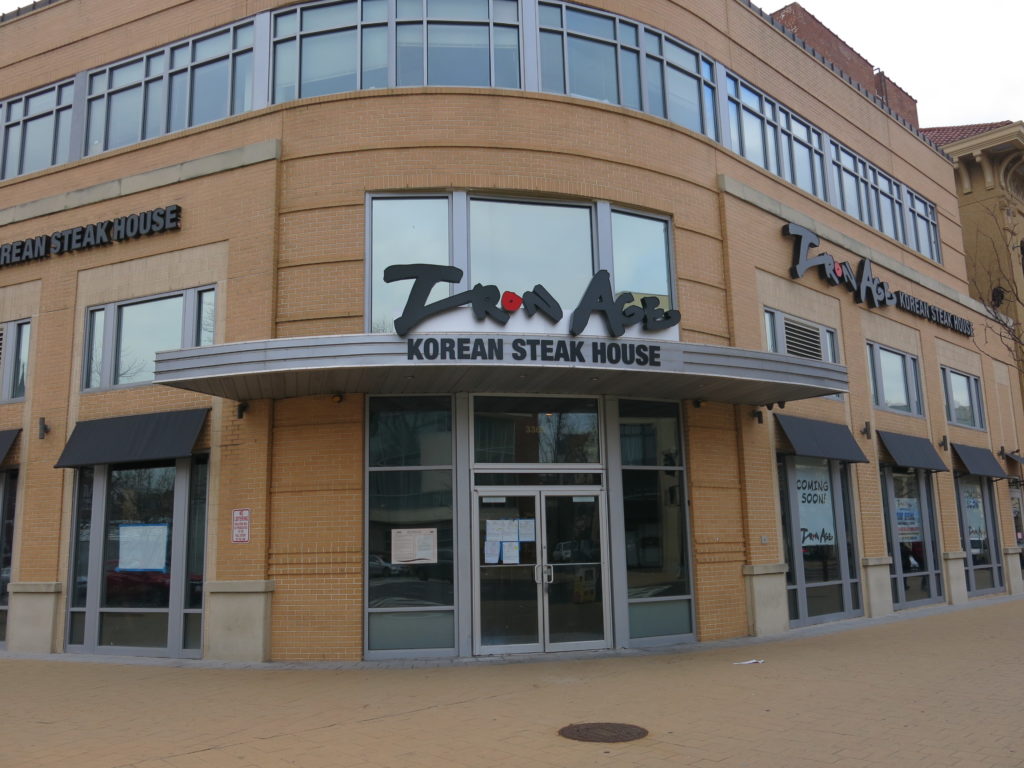Table Of Content

This electricity powers the complete support systems needed by the submarine and the people housed in it. There are units to generate oxygen and also to make drinking water from seawater. The United States is in danger of losing its capability to do the naval architectural analyses described above. Its most experienced submarine naval architects are aging and retiring (there is one experienced early stage submarine designer remaining in NA VSEA) and, with the lack of new early stage design studies, few are being trained to take their place.
Different Types And Designs of Hatch Covers Used For Ships

This shape also enables the incorporation of multiple decks within the same hull volume, hence ensures more spatial use. Sensors are always placed at the forward for reduction of noise from turbulent flow at the aft and obstruction of machinery in case of aftward position. The weapon system includes the torpedo tubes which house the torpedoes, torpedo launching system, and torpedo operating tanks.
Design of submarines
This design, also used in very early submarines, is sometimes called a "teardrop hull". It reduces hydrodynamic drag when the sub is submerged, but decreases the sea-keeping capabilities and increases drag while surfaced. Since the limitations of the propulsion systems of early submarines forced them to operate surfaced most of the time, their hull designs were a compromise. Because of the slow submerged speeds of those subs, usually, well below 10 kt (18 km/h), the increased drag for underwater travel was acceptable.
Sustaining the Ability to Design Nuclear Submarines
After the stipulated period (2.5 to 3 months), the white crew who are operating the submarine will take the submarine to a home port or to an overseas port of an allied country. The blue crew members arrive there, and both the white and blue crew work together to restock the food and essential items and restore the submarine. The white crew members fly home or do as per the direction of their command.
AUKUS sub design deemed 'mature' as nations debate top technologies - Defense News
AUKUS sub design deemed 'mature' as nations debate top technologies.
Posted: Mon, 15 Apr 2024 07:00:00 GMT [source]
The Boeing LMRS long-term mine reconnaissance system will be deployed on the Virginia Class. LMRS includes two 6m autonomous unmanned underwater vehicles and 18m robotic recovery arm and support electronics. Virginia has two mast-mounted Raytheon submarine high data rate (sub HDR) multiband satellite communications systems that enable simultaneous communication at a super-high frequency (SHF) and extremely high frequency (EHF). The submarine is fitted with modular isolated deck structures, for example, the submarine’s command centre will be installed as one single unit, resting on cushioned mounting points. The keel was laid in September 2008, the submarine was launched in November 2009 and commissioned in July 2010.
Bourne proposed a completely enclosed boat that could be submerged and rowed underwater. It consisted of a wooden frame covered with waterproof leather; it was to be submerged by reducing its volume by contracting the sides through the use of hand vises. Bourne did not actually construct his boat, and Cornelis Drebbel (or Cornelius van Drebel), a Dutch inventor, is usually credited with building the first submarine.
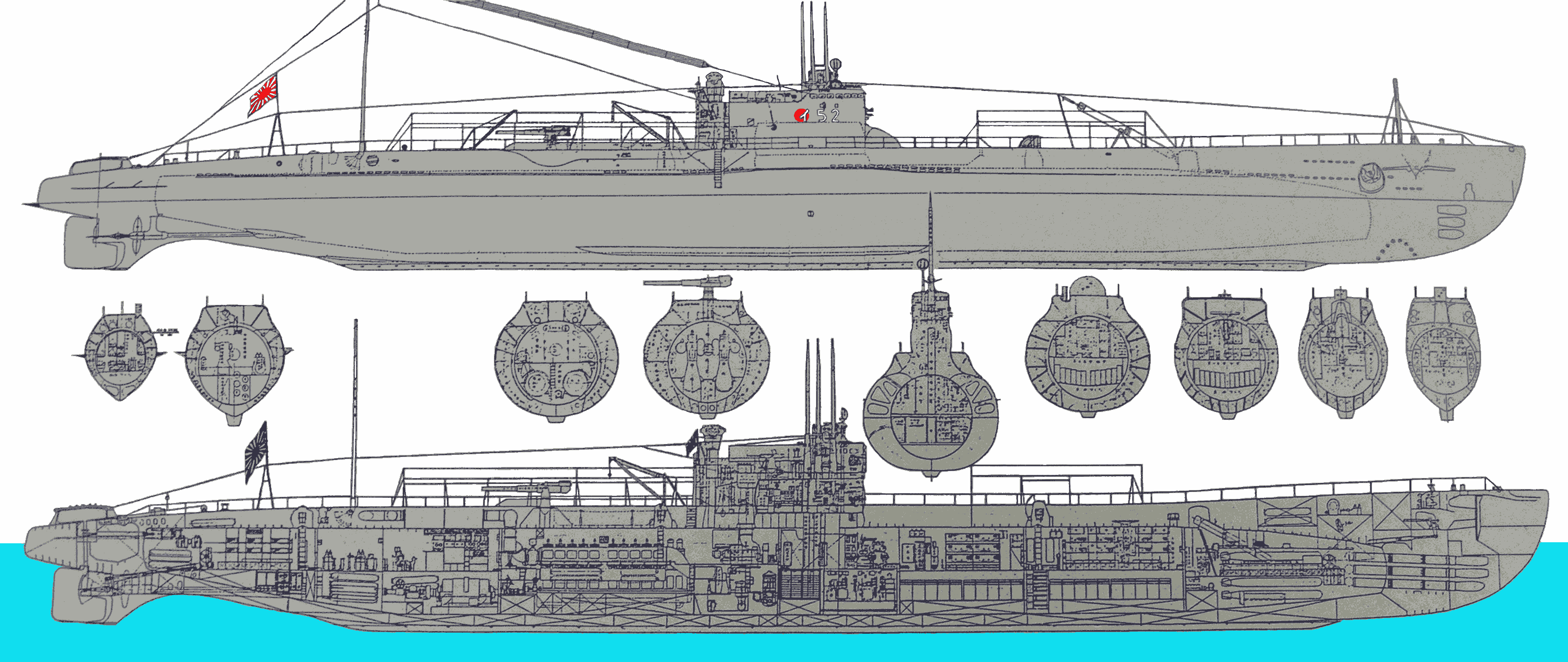
Discussions between the English clergyman and inventor George Garrett and the Swedish industrialist Thorsten Nordenfelt led to the first practical steam-powered submarines, armed with torpedoes and ready for military use. The first was Nordenfelt I, a 56-tonne, 19.5-metre (64 ft) vessel similar to Garrett's ill-fated Resurgam (1879), with a range of 240 kilometres (130 nmi; 150 mi), armed with a single torpedo, in 1885. Submarines could not be put into widespread or routine service use by navies until suitable engines were developed.
A flotilla of several submarines also operated out of the Eritrean colonial port of Massawa. By the end of the war, almost 3,000 Allied ships (175 warships, 2,825 merchantmen) were sunk by U-boats.[59] Of the 40,000 men in the U-boat service, 28,000 (70%) died. The standard navigation system for early submarines was by eye, with use of a compass.
Navy Should Start Next Nuclear Submarine Design Phase Early to Prevent Engineering Brain Drain, RAND Study Finds
Nonmilitary submarines use active Sonar and viewing ports for their navigation. A nuclear submarine can come to the surface, do the attack and submerge fast into the depth of the sea and vanish fast. It can do all these repeatedly, without worrying about draining its power, since it has abundant power for its fast movement. Steam power reappeared in the submarine during the 1950s when steam turbines powered by nuclear energy are used to drive the electric generator. The steam turbine replaces the diesel engine and hence becomes air independently. When we go to the origin and developmental era of submarines, we come across submarines tried and tested with different propulsion systems, viz.
At the end of the War, the British and Soviets experimented with hydrogen peroxide/kerosene (paraffin) engines that could run surfaced and submerged. Though the Soviet Union deployed a class of submarines with this engine type (codenamed Quebec by NATO), they were considered unsuccessful. The pressure hull is generally constructed of thick high-strength steel with a complex structure and high strength reserve, and is separated by watertight bulkheads into several compartments. When submerged the pressure hull provides most of the buoyancy for the whole vessel. Now, the “floodable” spaces are compartmentalised into tanks, which in submarine terminology, are called Main Ballast Tanks.
The human eye cannot properly see the sunlight when the submarine is underwater; hence powerful lights with high intensity are used for illuminating the area to be viewed. Some modern-day submarines move so silently that they can conceal themselves from the detection by another submarine sailing only a few feet away. Nuclear-powered submarines were introduced during the 1950s, and countries that have nuclear technology have gradually changed over to nuclear-powered submarines.
Because, in submerged condition, the spaces between the outer and the inner hull always remain flooded with seawater. For the first time since the design of the first nuclear submarine, the U.S. Navy has no nuclear submarine design program under way, which raises the possibility that design capability could be lost.
These are raised from the bridge fin when the submarine requires surface monitoring in stealth mode. We have determined not to shift scarce resources away from the historic vessels in the Maritime Museum of San Diego fleet that we intend to keep in perpetuity, in order to extend the life of the Foxtrot. A designated crew member onboard the submarine goes through all such mails and holds any information they do not want the crew member to know.
Minelaying submarines of World War I and World War II were specially built for that purpose. Modern submarine-laid mines, such as the British Mark 5 Stonefish and Mark 6 Sea Urchin, can be deployed from a submarine's torpedo tubes. "Bathtubs" are related to conning towers but are used on smaller submarines.
The eating place and the sleeping place (bunk) may be the only places where they do not work. Let us understand how a submarine goes deep into the sea and surfaces back. Usually, the common public always wonders how a submarine weighing so heavy can do the magic of going down the sea and returning to the surface again. The course is open to all nationalities whether sponsored by government, commercial company or as private individuals. No specific qualifications are required however students are expected to be at least of graduate level in engineering.
To surface safely without danger of collision the location of the submarine is marked with an air release and movement to the surface is coordinated by an observer in a support craft. Once we have looked into these, it would be easy for us to touch on the submarine design process. Though the design process followed by all navies is confidential and different from each other, the basics still remain the same. This, though, is a very simple description of a very complex engineering product, which are used for a wide range of purposes such as underwater research, underwater rescue, and submarine warfare; the last one being the most widely used. Among the retired boats, a few were in commission for nearly 40 years or more, including Bremerton (40), Jacksonville (40), La Jolla (38) and San Francisco (41). All retired boats have been or will be scrapped per the Navy's Ship-Submarine Recycling Program.




